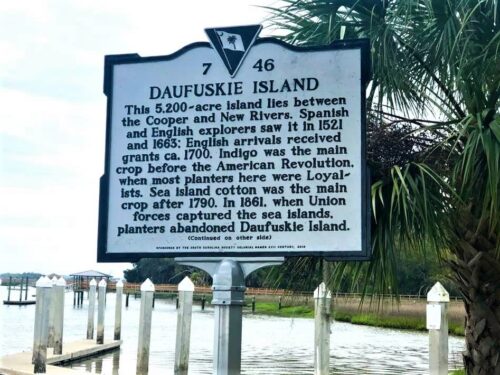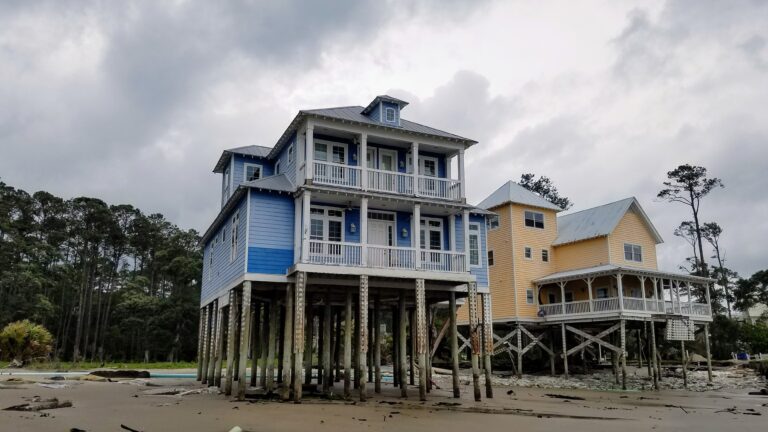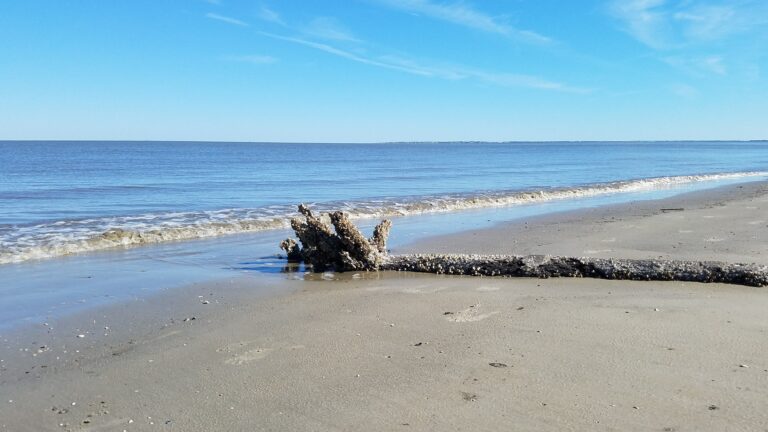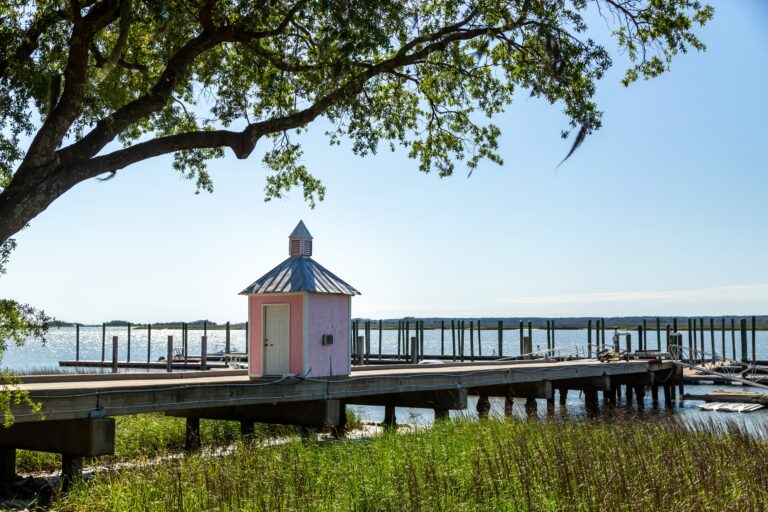Wildlife on Daufuskie Island: What to Look For and Where
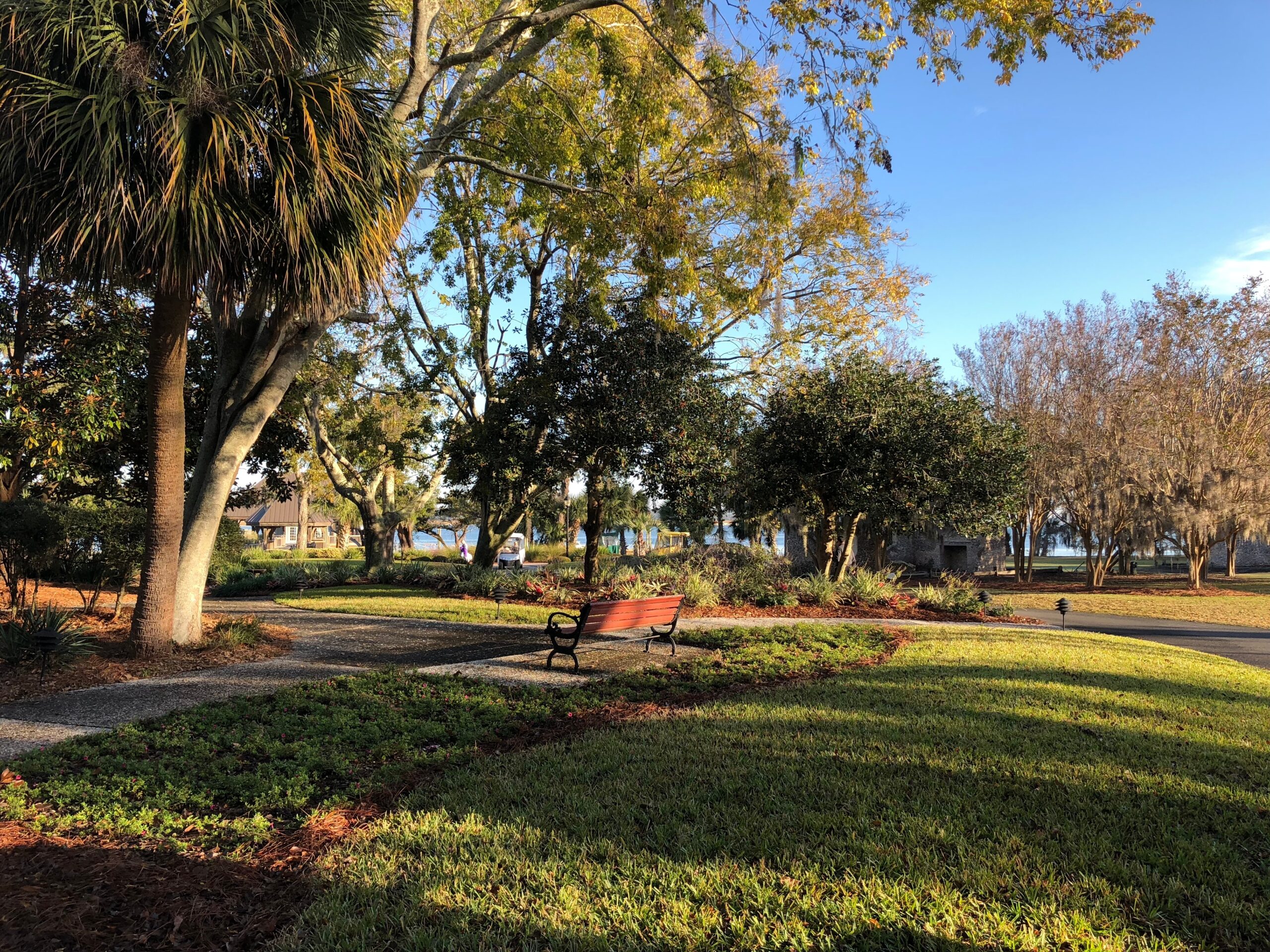
Stuck between Hilton Head and Savannah, Daufuskie Island is a little slice of wildlife paradise that most people have never even heard of.
This secluded South Carolina gem is only accessible by ferry or private boat, which might explain why its ecosystems remain so pristine and untouched. No bridges means fewer humans, and fewer humans means more room for the incredible diversity of wildlife that calls this place home.
I recently spent some time exploring this island, and let me tell you – the wildlife viewing opportunities here are absolutely next-level. From dolphins playing in the wake of the ferry to alligators sunning themselves by freshwater ponds, it’s like a real-life nature documentary playing out before your eyes.
Let’s dive into what makes Daufuskie’s wildlife so special, which critters you might encounter, and how the island’s conservation efforts are keeping this natural paradise intact for generations to come.
Daufuskie Island: A Wildlife Paradise Hidden in Plain Sight
Most visitors to South Carolina’s coast flock to the well-known spots like Myrtle Beach or Hilton Head. Meanwhile, Daufuskie Island sits just across the water, relatively undiscovered and teeming with wildlife.
What makes this place so special? It’s a perfect storm (good kind!) of diverse ecosystems:
- Mature hardwood forests
- Towering pine groves
- Expansive saltwater marshes
- Freshwater wetlands and ponds
These different habitats exist side by side on this tiny 8-square-mile island, creating the perfect conditions for biodiversity to flourish. The salt marshes alone cover about 17% of the island and serve as crucial nurseries for countless marine species. They’re like the underwater daycares of the natural world!
And those freshwater wetlands? They make up another 15% of the island and support everything from fish to frogs to wading birds.
The Island’s Wildest Residents

Mammals: More Than Just Deer
White-tailed deer are probably the mammals you’ll see most often on Daufuskie. They’re practically everywhere, often browsing along roadsides or darting through forests.
But the island hosts plenty of other furry residents too:
- Playful river otters slipping through marshes
- Busy beavers engineering their surroundings
- Raccoons raiding whatever they can find
- Occasional (and controversial) coyotes
Birds: A Birdwatcher’s Dream Come True
If you’re into birding, bring extra memory cards for your camera because over 300 species of birds have been documented on and around Daufuskie Island.
Some of the showstoppers include:
- Majestic bald eagles soaring overhead
- Ospreys diving for fish in spectacular fashion
- Great blue herons standing statue-still in shallow waters
- Wood storks with their prehistoric appearance
- Painted buntings that look like they flew straight out of a coloring book
The Sea Pines Forest Preserve is particularly good for spotting coastal birds, including night herons that look like they’re wearing fancy tuxedos.
Reptiles: Cold-Blooded Residents
No discussion of Lowcountry wildlife would be complete without mentioning alligators. These prehistoric-looking creatures are common in the freshwater areas of Daufuskie.
And then there are the loggerhead sea turtles – these endangered gentle giants come ashore to lay their eggs on Daufuskie’s beaches during nesting season. The island takes turtle conservation seriously, with volunteers monitoring nests and helping hatchlings reach the ocean safely.
Various snakes and lizards round out the reptile population, though most keep a low profile.
Marine Life: The Ocean’s Bounty
The waters surrounding Daufuskie are incredibly productive, hosting:
- Bottlenose dolphins that often follow boats
- Occasional manatees drifting through in summer months
- A variety of fish species
- Blue crabs scuttling along the bottom
- Oysters building reefs that purify water
The marshes serve as critical nurseries for shrimp, crabs, and other commercially important species. They’re basically the ocean’s maternity wards!
Grey Fox Squirrels: Daufuskie’s Furry Celebrities
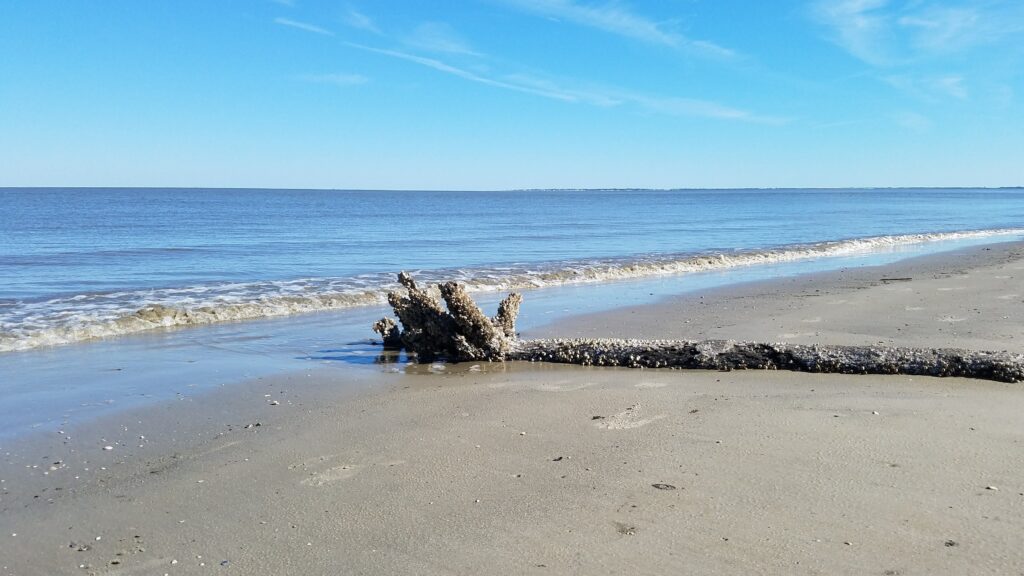
One of the island’s most distinctive residents is the grey fox squirrel. Unlike your typical city park squirrels, these guys are special.
They thrive in Daufuskie’s mixed forests where mature hardwoods and pines provide an all-you-can-eat buffet of nuts and seeds. What makes them different from your average squirrel is that they spend a ton of time on the ground – you’ll often spot them foraging on forest floors or scampering across open areas.
These squirrels add a touch of playful energy to the island’s landscape. When you see one dart up a tree trunk or leap between branches with what seems like reckless abandon, you can’t help but smile.
Conservation: Keeping Daufuskie Wild

The Daufuskie Island Conservancy deserves a standing ovation for their work protecting this natural wonderland. Founded in 2005, this all-volunteer non-profit is the environmental guardian angel of the island.
Their focus areas include:
- Education – Teaching residents and visitors about the island’s unique ecosystems
- Sustainable living – Promoting practices that reduce human impact
- Conservation – Protecting land, waterways, and wildlife
Communities like Haig Point work hand-in-hand with the Conservancy to maintain wildlife habitats through sustainable gardening practices and native plant conservation. It’s a team effort between the people who live there and those dedicated to preserving the island’s natural state.
The Island’s Isolation: Blessing and Challenge
Daufuskie’s lack of a bridge is both its greatest asset and biggest challenge when it comes to wildlife conservation.
On one hand, being accessible only by ferry or barge has helped maintain the island’s pristine environment. Fewer people means less development and less disruption to natural habitats. It’s why you can still find such diversity of wildlife here compared to more developed coastal areas.
On the other hand, this isolation creates unique logistical challenges for conservation efforts. Getting equipment, supplies, and even volunteers to the island requires extra planning and resources.
The delicate balance between economic development and environmental stewardship is constantly being navigated. The goal is to allow people to enjoy this natural paradise without loving it to death.
Visiting Daufuskie: Tips for Wildlife Enthusiasts
If you’re planning to visit (and you definitely should), here are some ways to maximize your wildlife viewing opportunities:
Best Spots for Wildlife Watching
- Sea Pines Forest Preserve: Prime territory for spotting nesting birds like ospreys and night herons
- Beach areas: Great for dolphin sightings and, during nesting season, sea turtle activity
- Freshwater ponds: The place to respectfully observe alligators from a safe distance
- Maritime forests: Where you’re most likely to spot deer and fox squirrels
Get Involved in Conservation
Want to do more than just observe? The Daufuskie Island Conservancy welcomes volunteers for various programs and initiatives. Even as a visitor, you can participate in beach cleanups or educational programs that support their conservation mission.
Practice Wildlife-Friendly Tourism
- Keep a respectful distance from all wildlife
- Never feed wild animals (seriously, it does more harm than good)
- Stay on designated paths to avoid disturbing habitats
- Carry out all trash
- Consider joining an eco-tour led by knowledgeable local guides who understand how to minimize impact
The Last Wild Island

Daufuskie Island stands as a testament to what coastal South Carolina must have looked like before massive development. Its diverse ecosystems support an impressive array of wildlife that continues to thrive thanks to conservation efforts and mindful stewardship.
Whether you’re a serious nature photographer, a casual birdwatcher, or just someone who appreciates wild spaces, Daufuskie offers a unique opportunity to experience Lowcountry wildlife in its natural setting.
The island reminds us that sometimes, the most extraordinary wildlife experiences aren’t found in far-flung exotic locations, but right here in our backyard – if we just know where to look.


